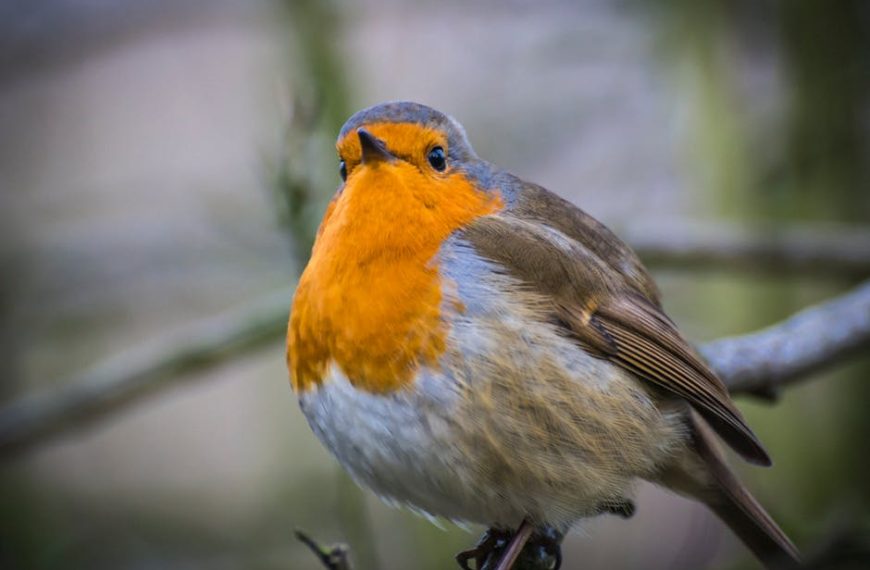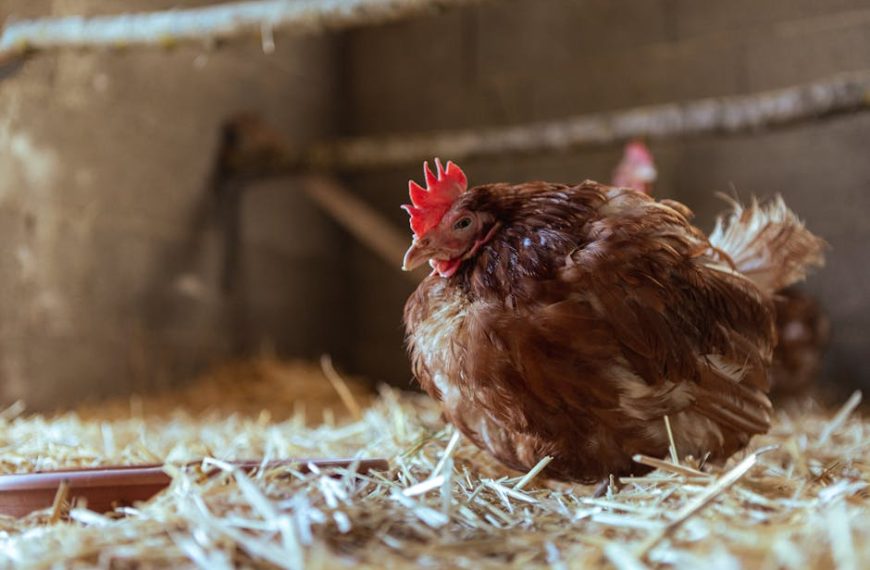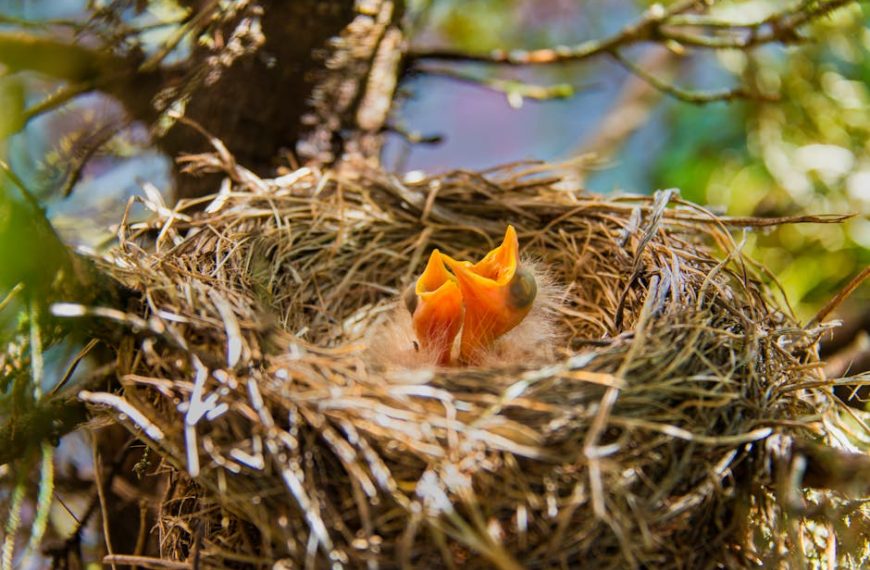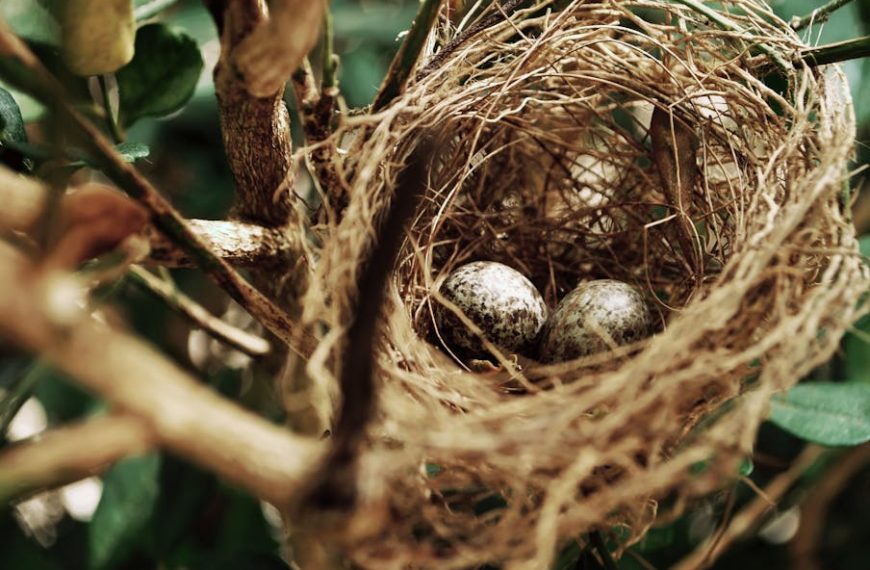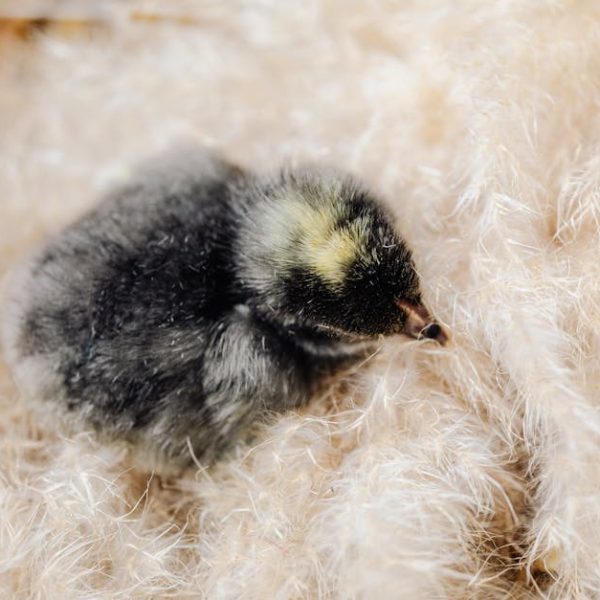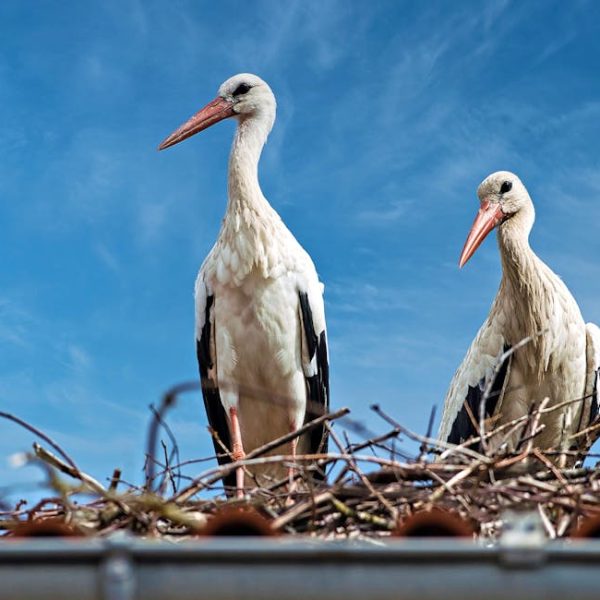Birds and their distinctive behaviors have been fascinating subjects of study for centuries. Of particular interest has been the intriguing mystery of their eggs – the diverse range of colors, shapes, and sizes. Among these, vibrantly blue eggs hold a captivating charm for their rarity and unique hue. This article aims to illuminate the enigma of which birds lay such strikingly blue eggs and delve into the science behind this natural phenomenon.
Understanding Blue Eggs: Science Behind the Hue
The vibrancy of blue in bird eggs sits largely in the hands of a pigment known as biliverdin, a bile pigment produced when the body breaks down red blood cells. This pigment is deposited on the eggshell’s surface, resulting in various shades of blue.
- Light Azure: A whisper of the blue spectrum often deposited by birds like Blue Tits.
- Deep Cerulean: The color of the open sky, typically found in the eggs of American Robins.
- Rich Cobalt: A rare and intense blue common in some specific eggs, such as those of Eastern Bluebirds.
➡️ Pro Tips:
Identifying a blue egg in the wild requires careful observation and respectful distance. Remember, maintaining the health and safety of the bird and its nest should always be a priority. Look for an elliptically shaped egg with varying shades of blue, and if the nest is easily observable without disruption, look for evidence of the bird that tends to it. You can also use field guides or birding apps to verify your findings.
American Robin: The Blue Egg Specialist
The American Robin, emblematizing the onset of spring, is renowned for laying blue eggs. Breeding between April and July, Robins build their nests in the lower part of trees or, occasionally, on building ledges.
Best Practices:
Respect is key while observing birds. Use binoculars to watch Robins at their nests without intruding upon their personal space. Avoid any actions, such as loud noises or sudden movements, that might scare away the parent birds for best observation opportunities.
However, the blue coloration of their eggs does have its pros and cons. Blue eggs absorb more sunlight, offering the advantage of better heat regulation. But, conversely, the bright coloration also gives predators an easy target, adding an element of vulnerability.
Eastern Bluebird: The Vivid Azure Touch
Gifted with a rich azure touch, Eastern Bluebird eggs are a rare sight in nature. These birds, exhibiting strong territorial behaviors, prefer open woodlands and farmlands for their nesting sites.
✔️ Checklist for Eastern Bluebird Spotting:
- Check for small, tree cavity nests lined with soft grass.
- The eggs are usually small in size with a fine azure tone.
- The presence of an adult male Eastern Bluebird – bright blue with an orange chest and white belly – keeping vigil near the nest.
Though the blue of the Eastern Bluebird eggs is fairly consistent, comparison to other birds’ blue eggs would reveal subtle and exquisite differences in shade.
Starling: The European Visitor with Blue-Green Eggs
Often regarded as a common sight and associated with urban areas, Starlings are distinguished by their glossy, dark feathers and a speckled plumage. The eggs laid by starlings, rather uniquely, have a blue-green tint. These birds migrate in huge flocks, often invading new territories and adapting easily to various habitats.
Best Practices:
While attracting Starlings for birdwatching, ensure you maintain a balance and don’t cause an overpopulation, as these birds can sometimes overpower native species. A bird feeder with suitable seeds will usually do the trick. Remember, it’s vital to promote a diverse environment for all bird species.
Starlings, being non-native to North America, pose a complex situation. On one hand, the species play a role in controlling pests allowing them to be beneficial for farmers. On the other hand, their aggressive nature often pushes away native species, disrupting local ecosystems.
Mountain Bluebird: Picture-Perfect Cyan Eggs
Mountain Bluebirds are graceful creatures, often found in open country in the western regions of North America. Their eggs share the same breathtaking cyan color as their feathers, offering a visual treat to birdwatchers.
➡️ Pro Tips:
Capturing the beauty of Mountain Bluebirds and their nests on camera involves a sense of awareness and respect for the birds’ comfort. Keep a respectful distance, use a zoom lens, and make sure your presence doesn’t stress the bird or disrupt its natural behavior.
Mountain Bluebirds are from the same family as the American Robin and Eastern Bluebird, yet their eggs are noticeably different. The cyan tone of their eggs is less common, attributing to its uniqueness in the bird world.
Conclusion
Birds and their blue eggs, whether light azure or deep cerulean, are a spectacle of nature’s creativity. Their diverse hues invite intrigue, revealing the inseparable bond between science and nature’s artistry. Learning about these unique bird species and their blue eggs not only intensifies our appreciation for nature’s wonders but also emphasizes the importance of preserving the natural environment for these incredible creatures to thrive.
Key Takeaway:
- The pigment biliverdin is responsible for the blue hue in bird eggs, creating various shades including light azure, deep cerulean, and rich cobalt.
- American Robins, Eastern Bluebirds, Starlings, and Mountain Bluebirds are prominent birds producing vibrantly blue eggs, each displaying unique shades and behavioral attributes.
- Observing and identifying blue eggs should always prioritize the safety and comfort of the bird and its nest.
- While blue eggs have advantages like better heat regulation due to light absorption, they also run the risk of becoming easy targets for predators due to their bright coloration.
Birdwatching is a rewarding way to connect with nature’s mysteries, and the curiosity around vibrantly blue eggs offers another fascinating layer for exploration. Always remember to be respectful and considerate when observing birds in their natural habitats. The experience is not only enriching but also paves the way towards greater responsibility in conserving and maintaining their ecosystems.
FAQs
Q: How does the biliverdin pigment get to the eggshell?
A: As part of the egg-forming process inside a bird’s body, the pigment biliverdin is deposited on the shell, resulting in the distinctive blue hue.
Q: Why don’t all birds lay blue eggs?
A: The presence of biliverdin, resulting in blue eggs, is dependent on specific genetic factors and environmental conditions. Each bird species has evolved different strategies for egg coloration related to their lifecycle and ecological needs.
Q: Are the blue eggs of all birds the same shade of blue?
A: No, the shade of blue varies significantly based on the amount of biliverdin deposited on the shell. Examples range from the light azure of Blue Tits, deep cerulean of American Robins, to the rich cobalt of Eastern Bluebirds.
Q: What factors can influence egg color?
A: Many factors can influence egg color, including diet, stress, environmental conditions, and genetic factors.
Q: Can egg color impact the survival rate of birds?
A: Yes, egg color can impact the survival rate. For instance, brighter eggs like those of American Robins can be easily spotted by predators, which may increase the chance of predation.
We hope this article has answered your questions about blue bird eggs. Feel free to share it with others who might be curious and explore more related topics on our site.

